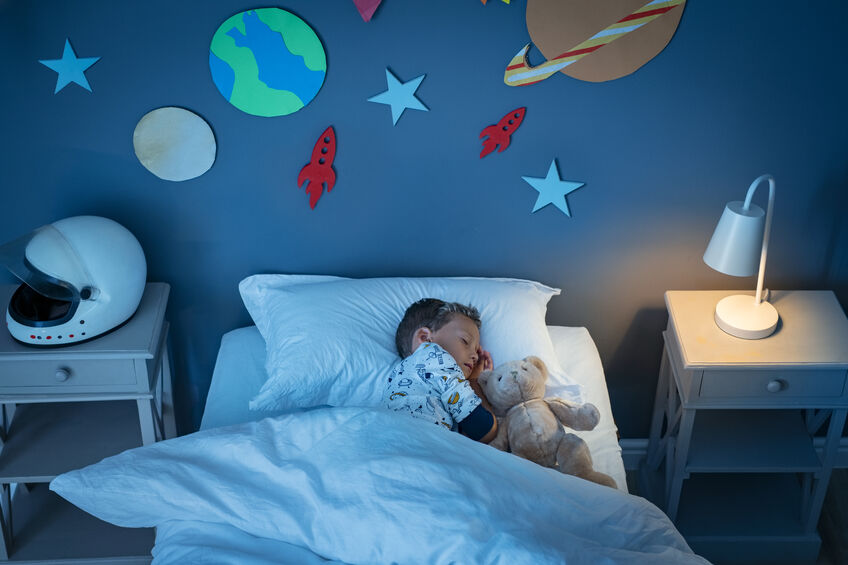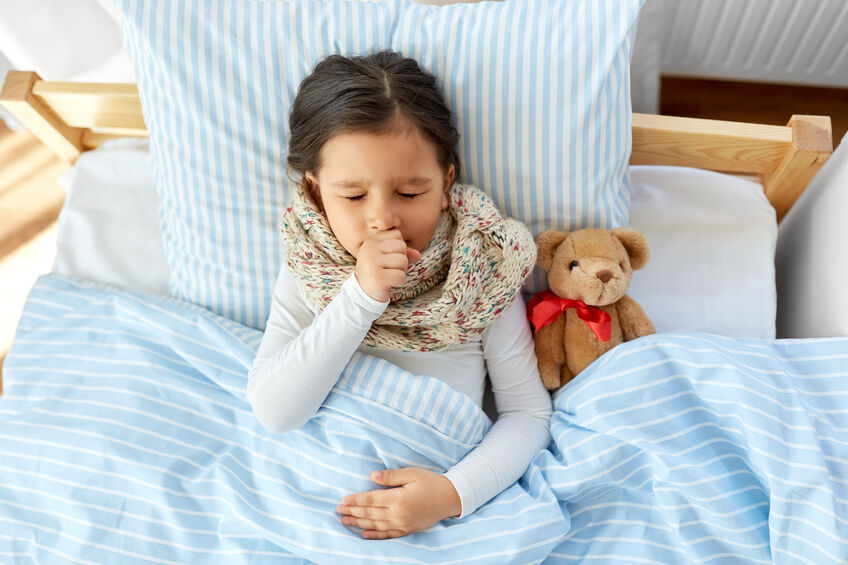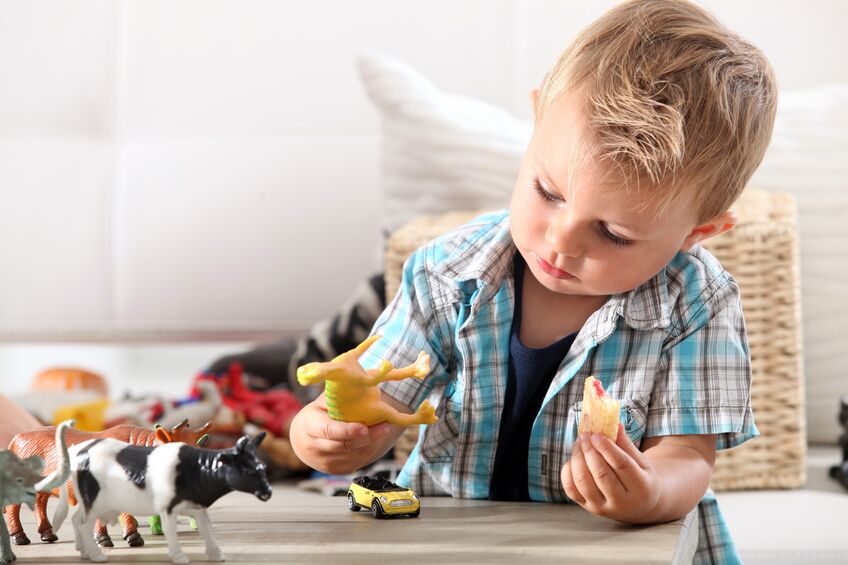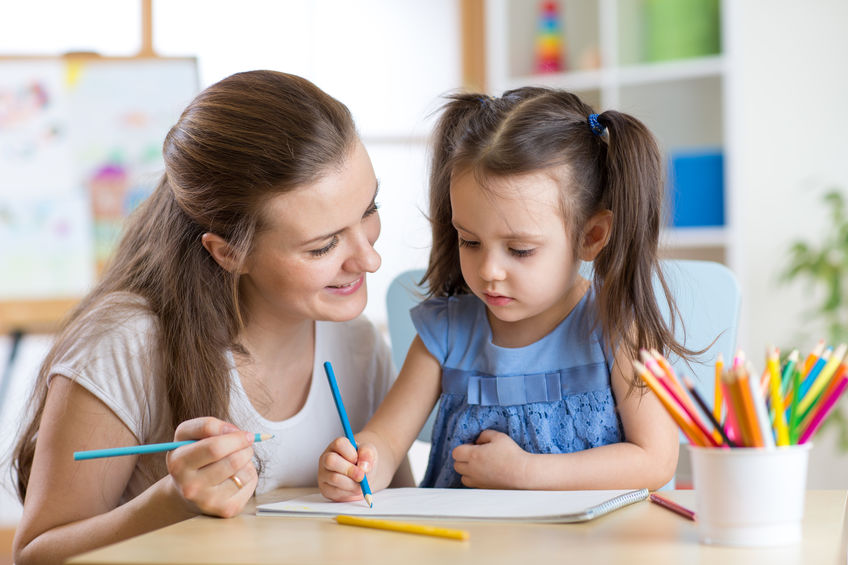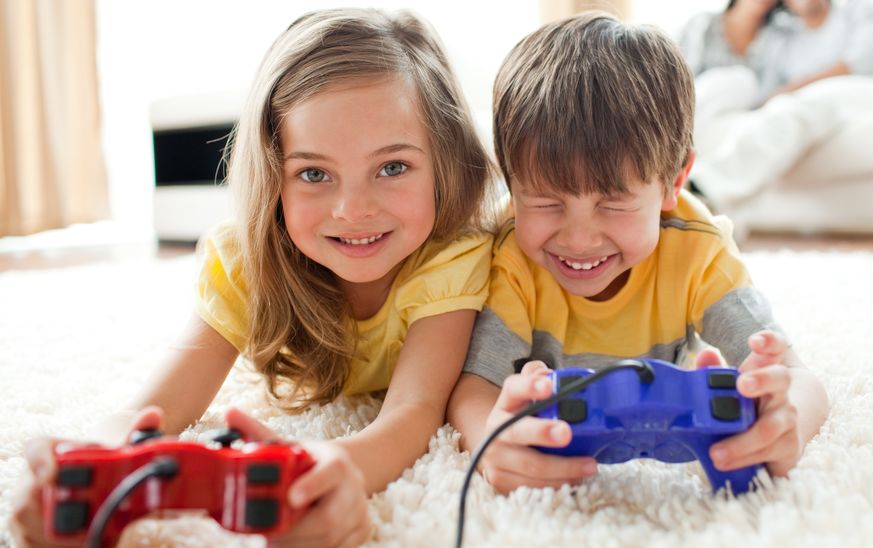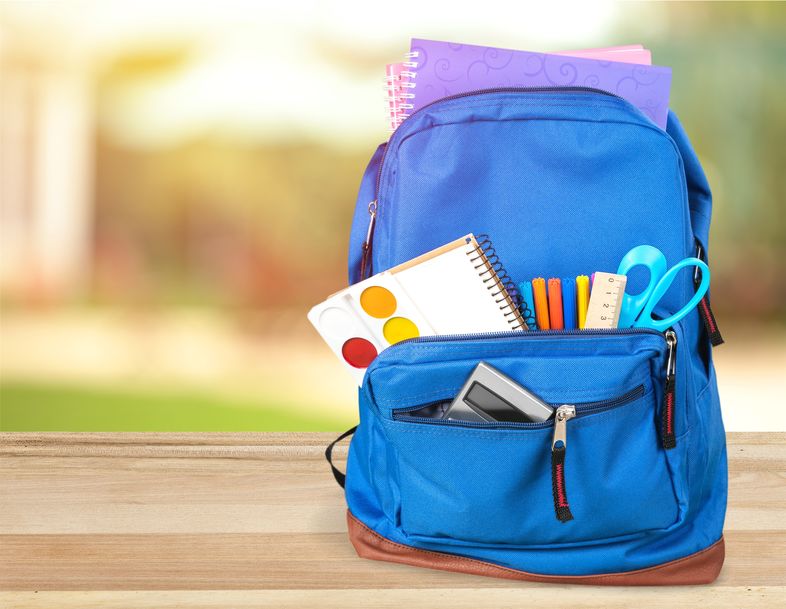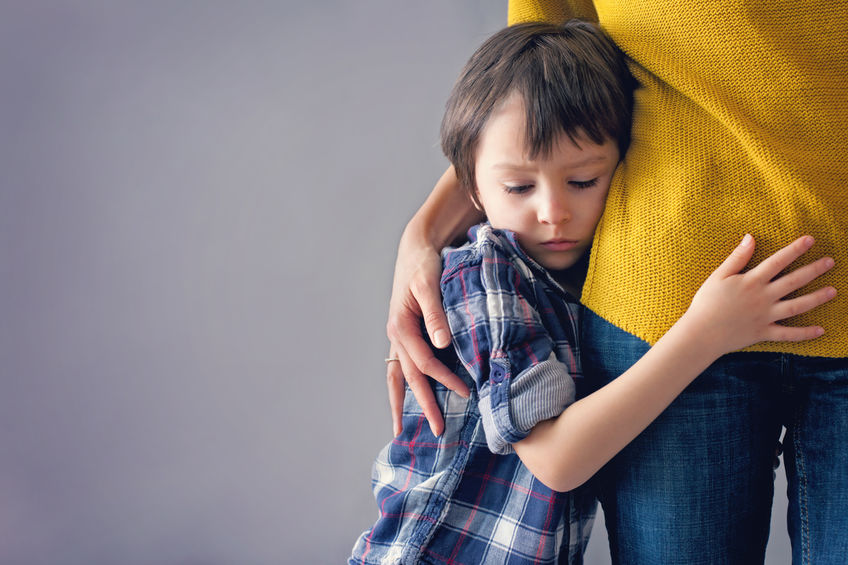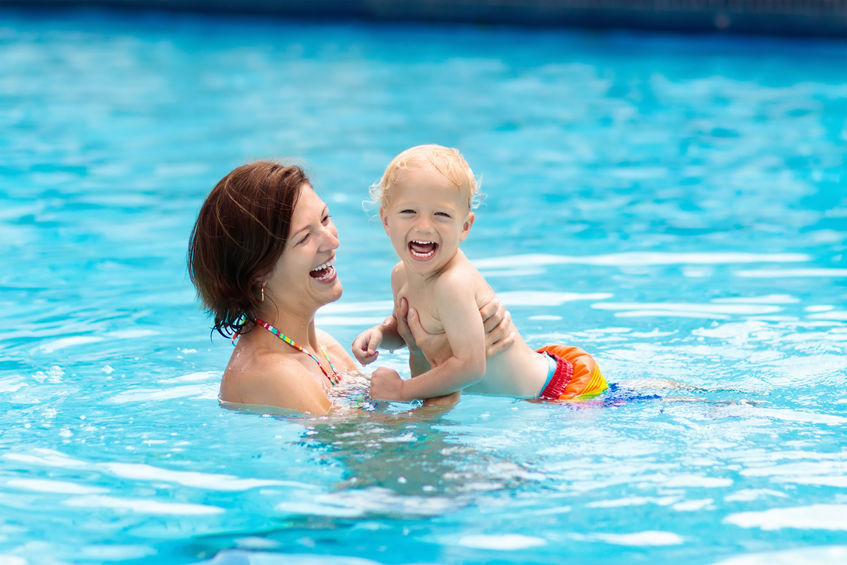
Talk to any doctor, teacher, or parent, and they’ll all agree about the importance of critical thinking skills. And indeed, critical thinking skills can help kids better understand themselves, people, and the world around them. But how, exactly, do you teach critical thinking skills to your children? Read on to learn more:
Be a role model
Our kids copy what we do. We are their prime role models, so we have to act like it. If we want our kids to become better critical thinkers, modeling critical thinking in our own behavior is a great way to start. You can do so by verbalizing your thinking skills, or in other words, actually thinking through something out loud, in front of your child, can help them learn critical thinking skills.
Teach them how to solve problems
Problem-solving requires critical thinking skills. After all, when you’re faced with an unexpected problem, you need to think creatively and critically to find a solution. When children face problems in their own lives, resist the temptation to solve it for them. Instead, encourage them to find ways to solve their problem themselves, providing support when and if they need it.
Get them to ask questions
Critical thinking is all about questioning the world around us. A person with strong critical thinking skills will question how things are done and wonder if there are better ways to accomplish their goals. Encouraging our children to ask questions will help them to think more critically and independently throughout their lives.
Play with them
Did you know that games can help children learn critical thinking skills? Board games and video games help with strategic and critical thinking, but so too can pretend play. Playing with our kids can teach them valuable lessons and help them find new ways of solving their problems.
Playing with their favorite stuffed animals can help our kids learn critical thinking skills. Look through our shop here at The Zoo Factory to find a new stuffed animal companion for your child!
